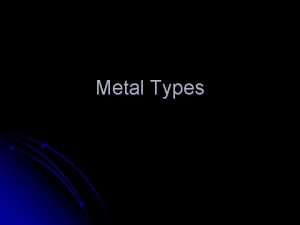Chandra Science Highlight M 33 X7 Heaviest Stellar

- Slides: 1

Chandra Science Highlight M 33 X-7: Heaviest Stellar Black Hole Discovered in Nearby Galaxy The artist’s representation shows M 33 X-7, an X-ray source that is part of a binary star system in the nearby galaxy M 33. Gas flowing from the blue companion star is captured in a disk around a black hole. As the gas spirals toward the black hole, it is heated to temperatures ~10 MK, producing X-rays. The inset shows a composite of data from NASA’s Chandra X-ray Observatory (blue) and the Hubble Space Telescope. The bright objects in the inset image are young, massive stars around M 33 X-7, and the bright, blue Chandra source is the M 33 X-7 system. • • • Chandra X-ray Observatory ACIS image. Scale: inset image is 0. 95 arcmin across. Estimated distance: 2. 6 million light years Credit: Illustration: NASA/CXC/M. Weiss; X-ray: NASA/CXC/Cf. A/P. Plucinsky et al. ; Optical: NASA/STSc. I/SDSU/J. Orosz et al. • M 33 X-7 orbits a companion star that eclipses the black hole every three and a half days. Data from Chandra and the Gemini optical telescope led to the determination of a mass of the black hole and its companion star. The mass of M 33 X-7 is 15. 7 solar masses, making it the most massive known stellar black hole. The companion star also has an unusually large mass, 70 times that of the Sun, making it the most massive companion star in a binary system containing a black hole. The properties of the M 33 X-7 binary stem – a massive black hole in a close orbit around a massive companion star – require that before it exploded, the black hole’s progenitor star must have shed gas at a rate about 10 times less than predicted by current theoretical models. Reference: J. Orosz, et al. 2007, Nature, 449, 872 CXC operated for NASA by the Smithsonian Astrophysical Observatory October 2007

